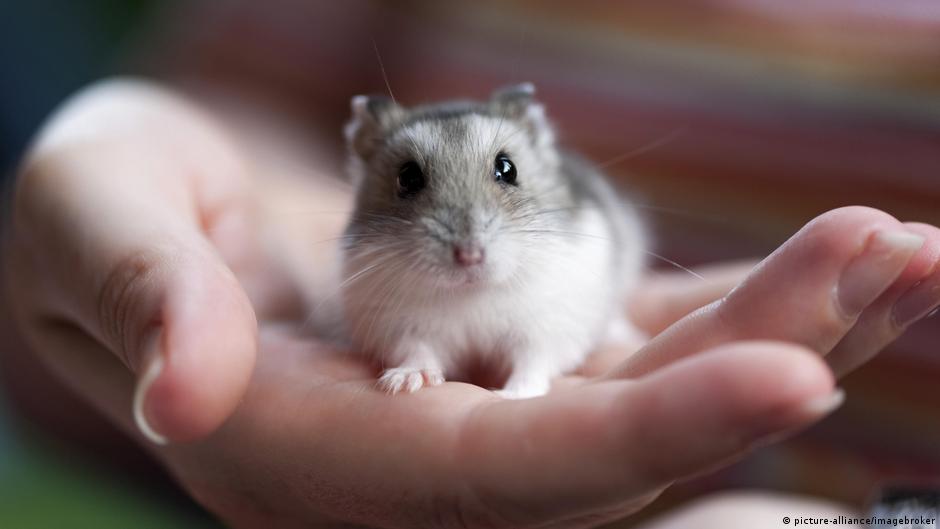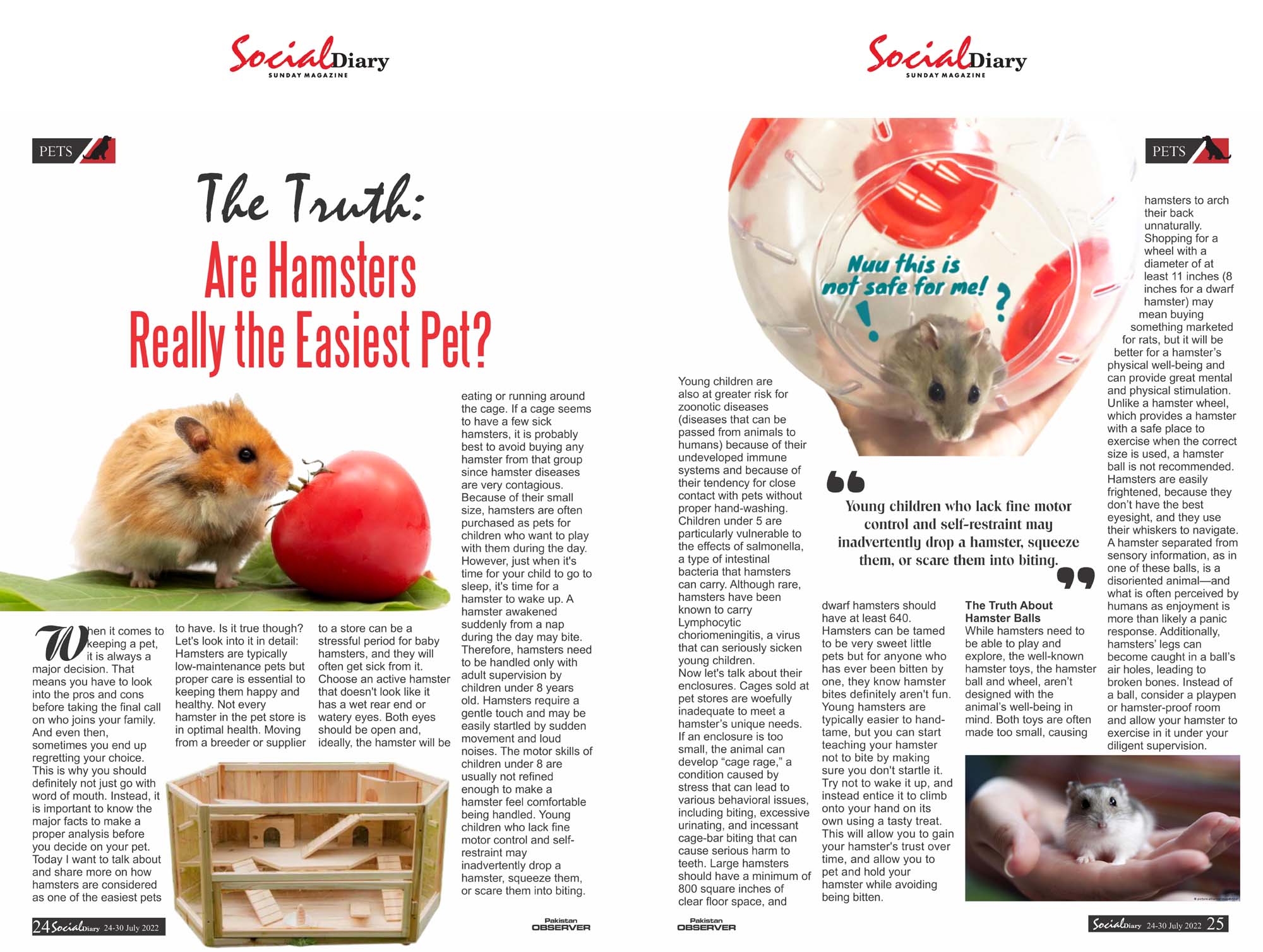When it comes to keeping a pet, it is always a major decision. That means you have to look into the pros and cons before taking the final call on who joins your family. And even then, sometimes you end up regretting your choice. This is why you should definitely not just go with word of mouth. Instead, it is important to know the major facts to make a proper analysis before you decide on your pet. Today I want to talk about and share more on how hamsters are considered as one of the easiest pets to have. Is it true though? Let’s look into it in detail:
Hamsters are typically low-maintenance pets but proper care is essential to keeping them happy and healthy. Not every hamster in the pet store is in optimal health. Moving from a breeder or supplier to a store can be a stressful period for baby hamsters, and they will often get sick from it. Choose an active hamster that doesn’t look like it has a wet rear end or watery eyes. Both eyes should be open and, ideally, the hamster will be eating or running around the cage. If a cage seems to have a few sick hamsters, it is probably best to avoid buying any hamster from that group since hamster diseases are very contagious.

Because of their small size, hamsters are often purchased as pets for children who want to play with them during the day. However, just when it’s time for your child to go to sleep, it’s time for a hamster to wake up. A hamster awakened suddenly from a nap during the day may bite. Therefore, hamsters need to be handled only with adult supervision by children under 8 years old. Hamsters require a gentle touch and may be easily startled by sudden movement and loud noises. The motor skills of children under 8 are usually not refined enough to make a hamster feel comfortable being handled. Young children who lack fine motor control and self-restraint may inadvertently drop a hamster, squeeze them, or scare them into biting. Young children are also at greater risk for zoonotic diseases (diseases that can be passed from animals to humans) because of their undeveloped immune systems and because of their tendency for close contact with pets without proper hand-washing. Children under 5 are particularly vulnerable to the effects of salmonella, a type of intestinal bacteria that hamsters can carry. Although rare, hamsters have been known to carry Lymphocytic choriomeningitis, a virus that can seriously sicken young children.

Now let’s talk about their enclosures. Cages sold at pet stores are woefully inadequate to meet a hamster’s unique needs. If an enclosure is too small, the animal can develop “cage rage,” a condition caused by stress that can lead to various behavioral issues, including biting, excessive urinating, and incessant cage-bar biting that can cause serious harm to teeth. Large hamsters should have a minimum of 800 square inches of clear floor space, and dwarf hamsters should have at least 640.
Hamsters can be tamed to be very sweet little pets but for anyone who has ever been bitten by one, they know hamster bites definitely aren’t fun. Young hamsters are typically easier to hand-tame, but you can start teaching your hamster not to bite by making sure you don’t startle it. Try not to wake it up, and instead entice it to climb onto your hand on its own using a tasty treat. This will allow you to gain your hamster’s trust over time, and allow you to pet and hold your hamster while avoiding being bitten.
The Truth About Hamster Balls
While hamsters need to be able to play and explore, the well-known hamster toys, the hamster ball and wheel, aren’t designed with the animal’s well-being in mind. Both toys are often made too small, causing hamsters to arch their back unnaturally. Shopping for a wheel with a diameter of at least 11 inches (8 inches for a dwarf hamster) may mean buying something marketed for rats, but it will be better for a hamster’s physical well-being and can provide great mental and physical stimulation.
Unlike a hamster wheel, which provides a hamster with a safe place to exercise when the correct size is used, a hamster ball is not recommended. Hamsters are easily frightened, because they don’t have the best eyesight, and they use their whiskers to navigate. A hamster separated from sensory information, as in one of these balls, is a disoriented animal—and what is often perceived by humans as enjoyment is more than likely a panic response. Additionally, hamsters’ legs can become caught in a ball’s air holes, leading to broken bones. Instead of a ball, consider a playpen or hamster-proof room and allow your hamster to exercise in it under your diligent supervision.
SOCIALDIARY
Social Accounts

























